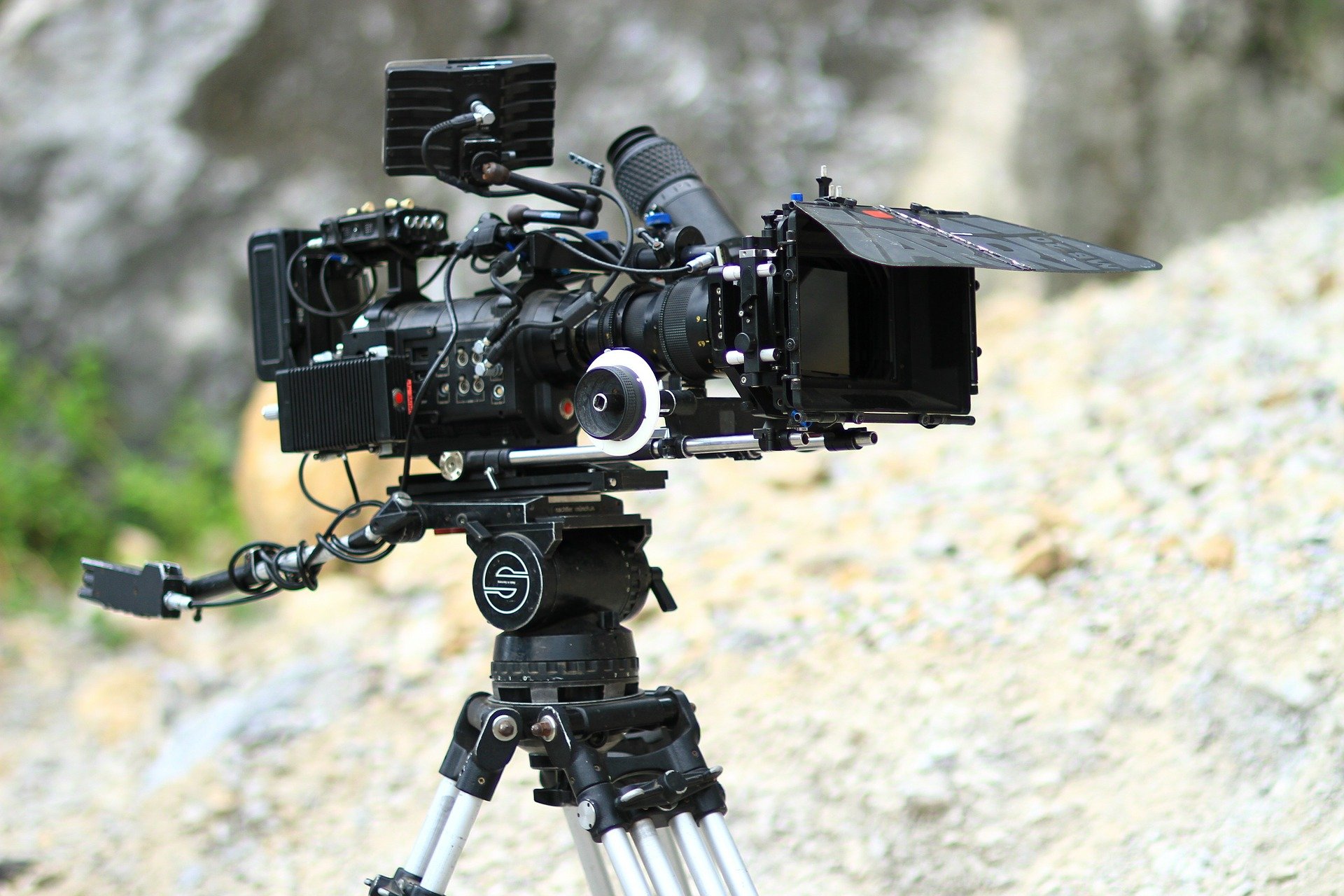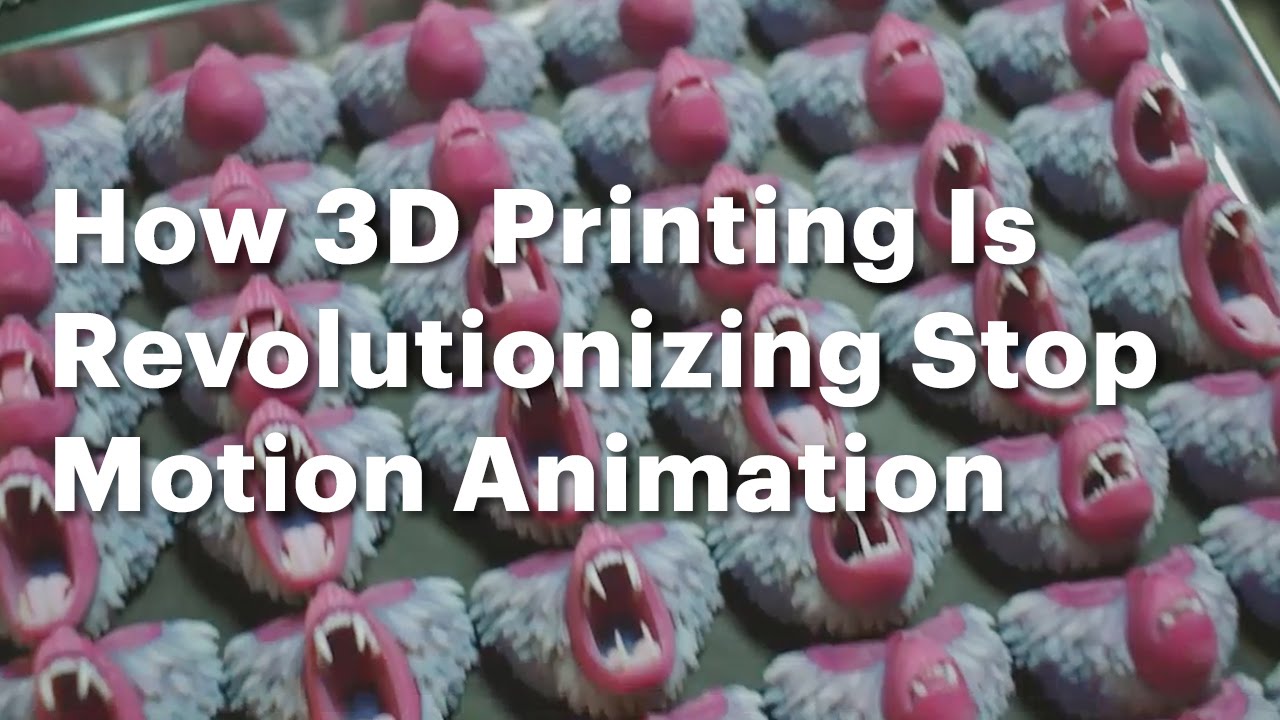10 New Emerging Tech In Filmmaking
Emerging tech in filmmaking industry is constantly transforming everything from pre-production to post-production techniques.
Author:James PierceReviewer:Elisa MuellerFeb 08, 2024488 Shares44.3K Views

Emerging tech in filmmakingindustry is constantly transforming everything from pre-production to post-production techniques.
This exploration explores emerging tech in filmmaking, exploring innovative tools and trends like artificial intelligence and virtual reality.
These developments offer filmmakers unprecedented opportunities to push the boundaries of their craft, reshaping the way stories are told on the silver screen.
Algorithmic Video Editing
Algorithmic editing, which combines current science with historical concepts, is an essential component of post-production in the film business. It entails editing using a set of well-defined criteria, comparable to Sergei Eisenstein's technique in 1925.
Although current films sometimes include some of their themes, computer coding advancements are fundamentally altering the landscape. As film technology advances, computer programming languages become more incorporated into the future of filmmaking. These sophisticated sequences of instructions have many uses in the editing world.
Algorithmic video editing may automatically clip film to reflect a given style, arrange materials during documentary production with visual identifiers, and even modify a performer's dialogue after it has been recorded.
While robots are unlikely to dominate post-production, the use of algorithmic film technology in the entertainment business is becoming increasingly feasible. Editors who are tech-aware can apply algorithmic video editing to improve their post-production efficiency.
Augmented Reality
One of the new technologies that aims to bridge the gap between the virtual and physical worlds in order to generate more lifelike 3D models is augmented reality, which is quite similar to virtual reality.
Essentially, this technology enables viewers to observe augmented representations of actual items. Filmmakers are getting closer to using it, and as technology advances, it will become more interactive and tailored to each individual.
3D Printing
3D printing, long a science fantasy dream, has evolved into a critical technology in the film business, transforming prop construction, costume design, and other areas. Originally designed as a manufacturing and prototype solution in the 1980s, it now prints anything from action toys to organ tissues.
Its unique capabilities let artists create three-dimensional items with intricate detail that would take hours of human work to recreate. 3D printing also enables quick modification and iteration with minimum effort.
The use of 3D printing in filmmaking has transformed traditional processes, saving time, cutting costs, and expanding creative possibilities. As a basic yet crucial instrument in the growing future of filmmaking technology, 3D printing is a significant leap in the industry.

How 3D Printing Is Revolutionizing Stop Motion Animation
Volume Technology
The Volume technology is a cutting-edge cinematic technique that use large LED walls to display pre-recorded graphics in the backdrop of a scene while live-action components are captured in the foreground.
This novel technique produces a seamless in-camera compilation of physical and digital components, akin to old-school back projection but with digital enhancements.
The technology, when integrated with real-time rendering, the Internet of Things, virtual production tools, and camera technology, provides a highly configurable and immersive digital filmmaking solution that accelerates production times and enhances the reality of VFX.
Digital Re-creation
Look no farther than Tupac Shakur's 2012 Coachella performance or Oliver Reed's performance in Gladiator to see examples of post-mortem performances that make inventive use of technology and creative editing. However, there have been tremendous advancements in the capacity to digitally recreate bodies, faces, and even speech.
Thanks to advancements in digital effects, it is now feasible to produce an incredibly realistic likeness of almost anyone. Despite the fact that this capability is a huge leap forward in technology for theatrical and cinematic performances, it does bring up a number of ethical and moral questions.
Some actors aren't OK with appearing in films after death, extras are worried that digitally created characters will replace them with cheaper puppets, and video evidence might not be as reliable as it once was.
3D Previsualization
3D previsualization is a new cinema technology that generates totally immersive digital reproductions of actual sets or locations for live-action movies before the cameras start rolling. This technology enables filmmakers to explore and experiment on their own time, without paying additional costs.
It enables directors to fine-tune visual designs, production designers to improve construction precision, photographers to reduce guessing in technological solutions, and producers to manage the logistical flow of complete projects.
Previously, 3D previsualization processes were expensive and time-consuming, which limited their application in the entertainment business. However, when it becomes more widely available, its open-ended software solutions are projected to lead to more innovative and efficient applications in filmmaking technology.
Real-Time Rendering
Real-time rendering is an essential component of virtual production, merging virtual and real aspects into a seamless whole. This technique enables near-instantaneous modifications to a digital environment, avoiding the lengthy render delays that previously hampered cinema CGI procedures.
Real-time rendering enables several cinematic breakthroughs while enhancing cooperation and experimentation capabilities. By allowing filmmakers to monitor and modify interactions between physical and digital components in real time, they can work quicker, more precisely, and with more possibilities than ever before.
This new film technology sprang from the technological requirements of the video gaming industry, with Unreal Engine and Unity leveraging video games' 3D flexibility to define the future of filmmaking.
Real-time rendering is altering the debate in the entertainment industry, impacting traditional animation, green screen, and developing hybrid filmmaking techniques.
Virtual Reality
Like 3D technology, virtual reality is intended to increase user involvement. It puts you on the edge of your seat, allowing you to perceive the image with more sensory stimulation than ever before.
VR technology is still in its early stages, but it will undoubtedly become more widely used in the future. Directors will very certainly need to reconsider their whole approach to cinema, but it will most likely be worthwhile for consumers.
Drones
An algorithm could soon be responsible for cinematography that wins awards. Drones can already take excellent pictures that a human cameraman would have a hard time getting.
Consider a drone that can go around freely and has an algorithm that lets it avoid obstacles and use various recording techniques without human intervention.
Drones will have the ability to capture footage in restricted areas and will also be able to keep the framing of aerial photos steady with minimal human intervention.
The Camera
From stationary cameras to the iPhone and flying robots, camera technology has come a long way in the film business. The industry has seen new and unexpected outcomes as a result of this. Coming soon from DJI, the Ronin 4D is a camera that integrates features and capabilities in ways that were previously unimaginable.
With it, anybody can have the power of a Steadicam in their hand, and artificial intelligence can meticulously pull focus. The revolutionary DJI Ronin 4D has received high accolades from renowned cinematographers.
Additionally, groundbreaking micro-cameras and machine vision lenses are just around the corner. This exemplifies how, at times, the most cutting-edge equipment in the film business is actually somewhat ancient. The camera's placement on this list highlights the immense influence of technology in cinema.
How Has Emerging Tech Improved Filmmaking?
Every step of creating a film, from scriptwriting to editing to editing, has been improved by technological advancements. Since the introduction of digital cameras, cinematography techniques have seen a dramatic improvement, allowing filmmakers to more easily and affordably shoot high-quality video.
Cameras with revolutionary dynamic range and picture quality, such as the RED and ARRI Alexa, emerged in the late 2000s and revolutionized cinematography.
There have been tremendous developments in the field of cinema audio as well. The use of digital audio workstations (DAWs) like Pro Tools has simplified the process of capturing and manipulating audio parts, both during and after production.
The cinematic experience for moviegoers has been greatly enhanced with the advent of surround sound and immersive audio formats such as Dolby Atmos.
With the advent of widely available tools like Adobe Premiere Pro and DaVinci Resolve, the post-production industry has also been impacted by the digital revolution. These programs include choices for color grading, visual effects, and advanced editing that were hitherto only available in high-budget films.
We also can't overlook the fact that CGI is now seamlessly integrated with live-action material, which opens up even more creative options for filmmakers.
Technology has also changed the way movies are distributed. The distribution of movies has been drastically altered by the proliferation of streaming services such as Disney+, Amazon Prime, and Netflix.
Without the constraints of traditional theatrical releases, independent filmmakers now have access to new distribution channels through streaming platforms, amplifying underrepresented voices in the film industry.
FAQs - Emerging Tech In Filmmaking
What Are The Latest Advancements In Virtual Reality Technology For Filmmaking?
Virtual reality (VR) is making waves in filmmaking by providing immersive experiences. Innovations like 360-degree cameras and VR editing tools are transforming storytelling.
How Is Artificial Intelligence Influencing The Film Production Process?
Artificial intelligence (AI) is streamlining various aspects of filmmaking, from script analysis to post-production tasks. AI algorithms assist in data-driven decision-making and enhance efficiency.
What Role Does Augmented Reality Play In Film Production?
Augmented reality (AR) is enhancing on-set experiences for filmmakers. AR overlays digital elements onto the real world, aiding in visualizing scenes, set designs, and special effects in real-time.
Are There Any Breakthroughs In Drone Technology Impacting Filmmaking?
Drones equipped with high-quality cameras are revolutionizing cinematography. Filmmakers use drones for breathtaking aerial shots, adding a dynamic and cinematic dimension to their projects.
How Is Blockchain Technology Being Implemented In The Film Industry?
Blockchain is introducing transparency and security to film financing, distribution, and rights management. Smart contracts and decentralized platforms are reshaping traditional film business models.
Final Words
Emerging tech in filmmaking is improving the future of visual pleasure in every way. There has to be an improvement in the onboarding, payment, and insurance procedures for actors and crew, in addition to virtual production and camera technology.
The industry's technological future is brighter and more expansive than anything that has come before.

James Pierce
Author

Elisa Mueller
Reviewer
Latest Articles
Popular Articles